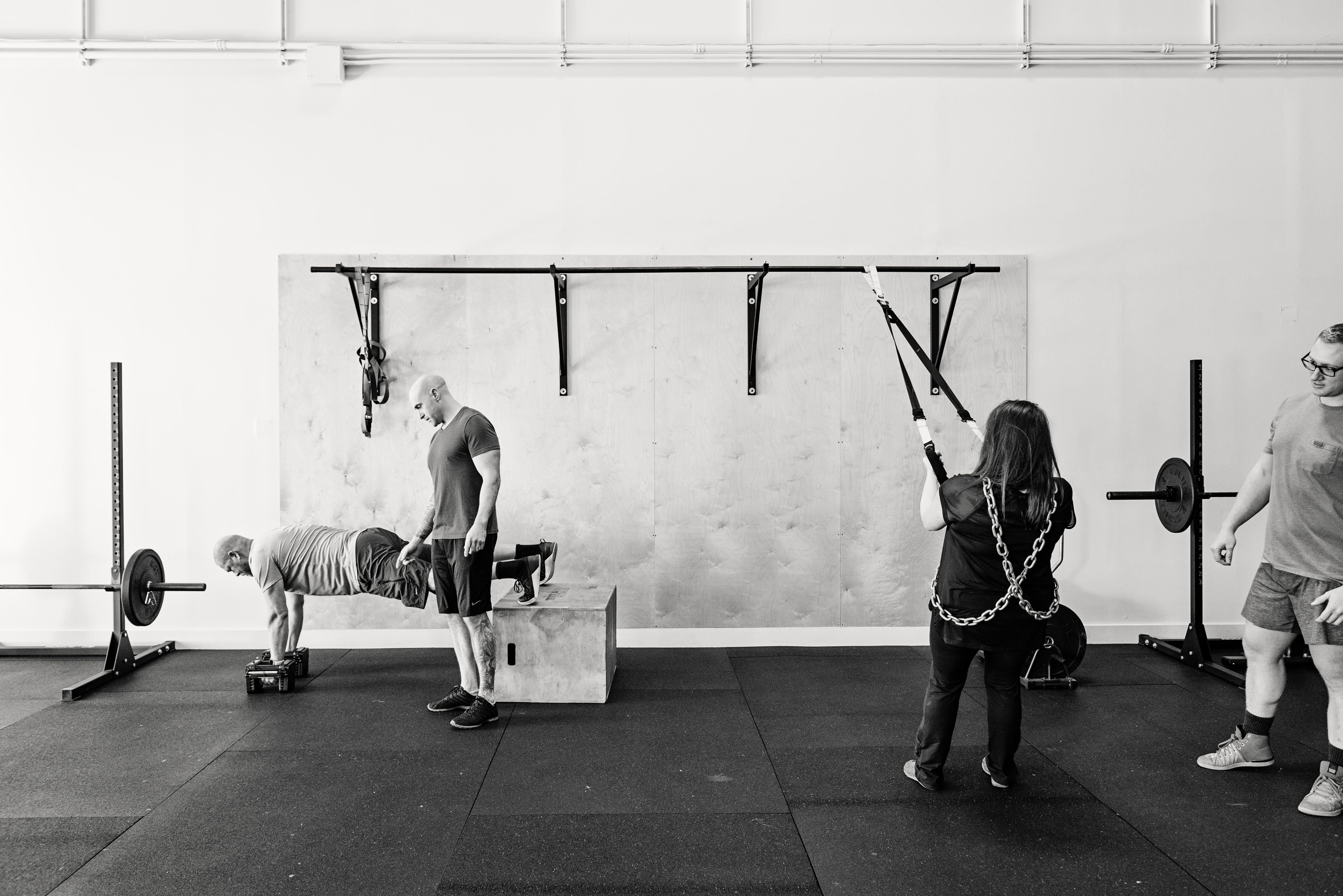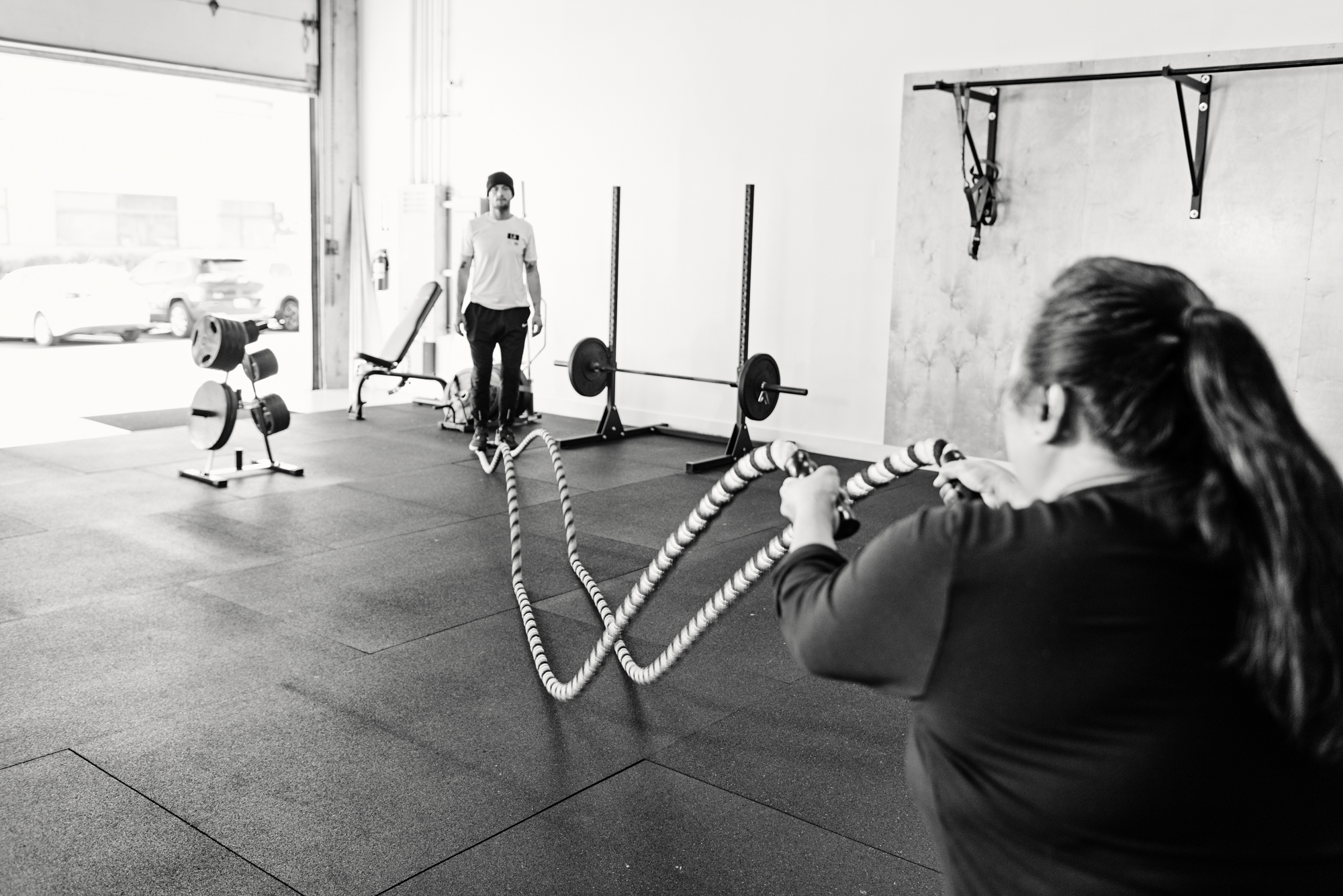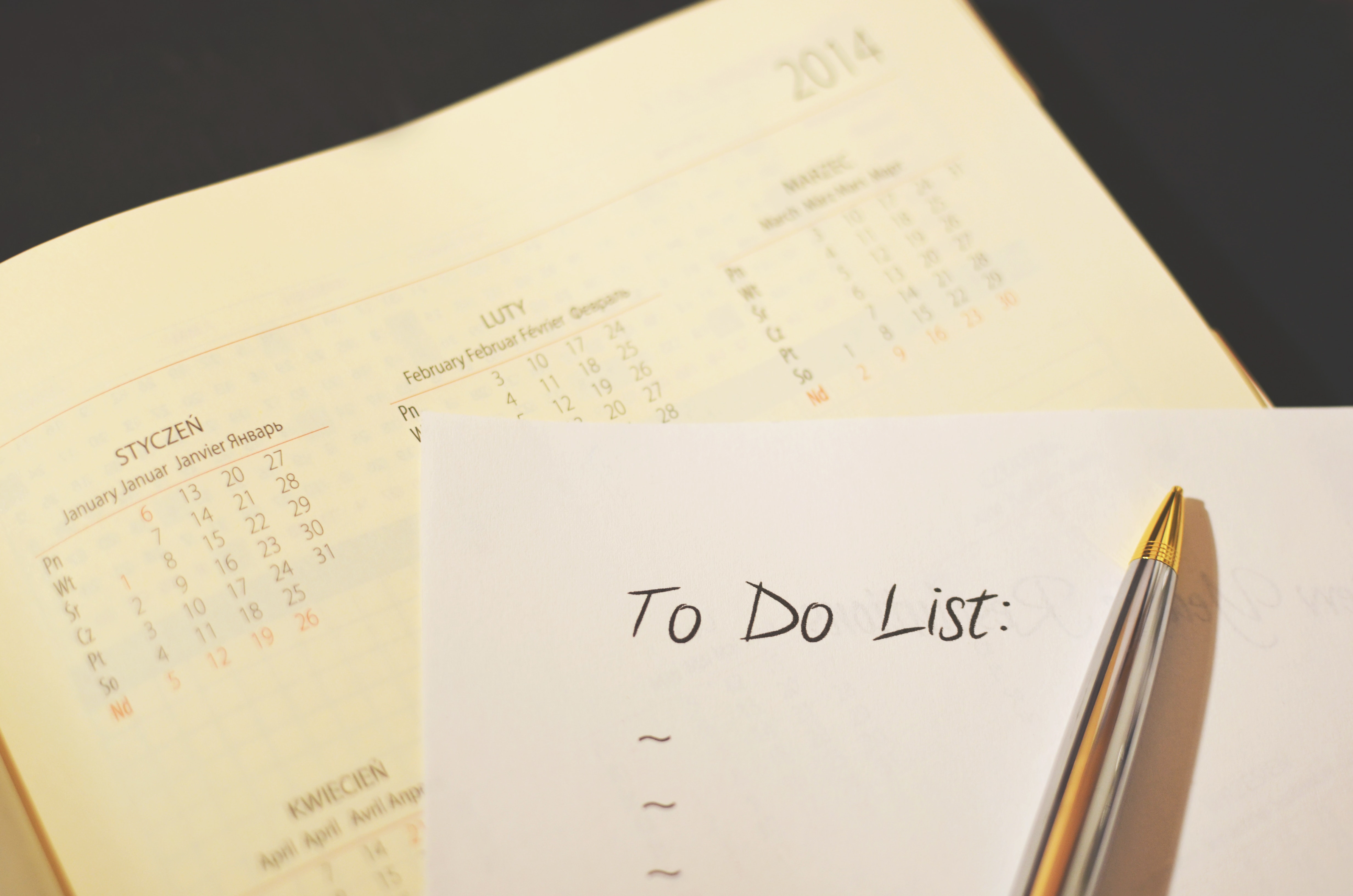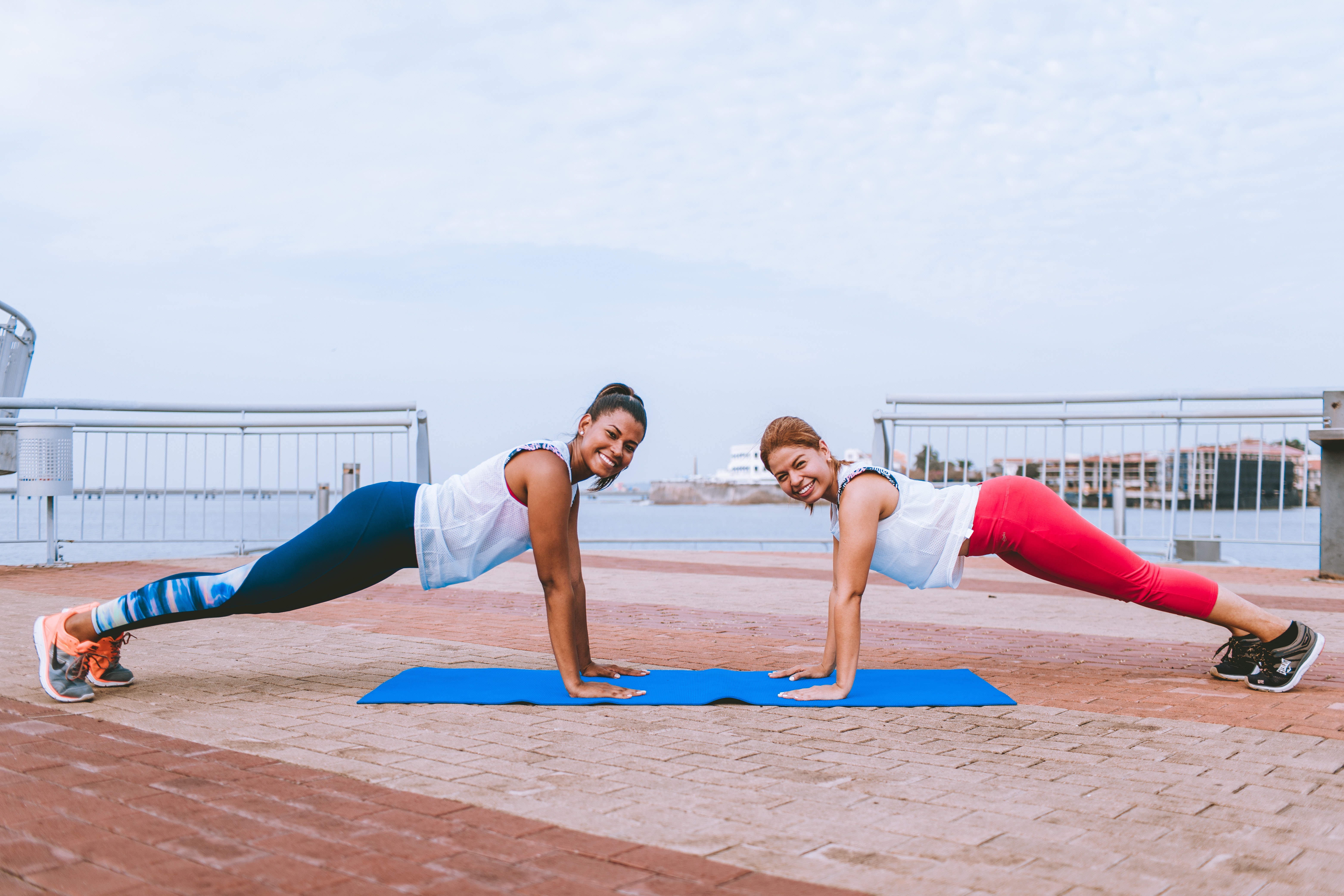While playing 3 hours of Pickle Ball, one of my favorite forms of physical activity, I met a gentleman who came to scope out what the game was all about. He had his toddler with him enjoying the beautiful weather of a bright, sun-filled Sunday late morning. My fellow Pickle Ballers invited the gentleman to join us. Our goal as to teach him the rules and we would recruit another person to embrace this fun form of physical activity. Being with his toddler and no one else to watch her, he had to respectfully decline. He mentioned that he wanted to get back in shape. With a toddler running around, the parents out there understand the challenge of devoting attention elsewhere. Pair that with busy work schedules, extra time for exercise, let alone recreational activity, might be too demanding of someone’s schedule. As a health solutions expert, I explained to him that just doing some push ups or squats in the comfort of his own home would help him to get some exercise. My explanation was nothing new to him. He already knew the answer to getting back in shape. The act of putting a few hours in every week at a gym in Napa was not a mystery. Before I got pulled into another game by my fellow Pickle Ball friends, he explained to me, “It’s just hard to find the motivation.”
This story relates to many individuals’ current need for exercise in their lives. If it’s important, why isn’t the need to exercise handled with a sense of urgency? It’s no surprise that lack of exercise and sedentary lifestyles lead to metabolic diseases, cardiovascular disease and risk increase of injury. Sometimes, the main driver for exercise comes from doctor recommendations when an individual is already critically overweight, at the risk of type 2 Diabetes, or has severe risk factors for cardiovascular disease. Why does exercise motivation need to wait that long?
When we start our personal training clients in Napa on a new life time fitness programs, we always ask them what their main reason for exercising is. What’s motivating them to commit themselves to get in the best shape of their lives under our professional health and longevity coaching services? Understanding the “right whys” are critically important factors in motivation. Perhaps the motivation to be healthier, happier and stronger is to become a better parent. To be able to get up and down off the floor and roll around with their toddler. Be able to engage with their kids’ friends and coach them in tee ball. Teaching their toddler to ride their bike for the first time and avoid joint pain or be out of breath. Of course, these are drivers to be a better parent and supporter of our families. We don’t want to be out of breath all time or at risk of heart surgery when supporting a family. But what’s stopping individuals from performing exercises that are literally right in front of us? It doesn’t take a rocket scientist to figure out the equipment and setting to perform some pushups. All you need is your self and the ground. One of the main factors that contributes to exercise aversion is the fact that it seems like a task. When we have time to ourselves, sometimes we just don’t want to do anymore hard work.
To help remove the idea that exercise equals work, we ask our beginning personal training clients in Napa another critical motivational question. What forms of physical activity are fun? We usually get a lot of answers that relate to extracurricular activity and recreational sports. Hiking, gardening, wood working projects, land scaping projects, water sports, mountain biking, riding bikes with the kids, adult softball, or tennis to name a few. The gentleman that was mentioned earlier in this article was at Pickle Ball observing us because he probably thought it looked fun. Sure, exercise is useful in preventing metabolic disease, becoming overweight and avoiding significant joint injury. But so is getting out to play water sports, ride bikes with the kids and playing recreational sports.. An organized recreational game of tennis, softball, or shooting a few holes of golf offer increased heart rate responses. Before you know it, participating in these forms of physical activity for a few hours will utilize a few hundred calories from fat as a fuel source. The key point here is to find an activity that you will have fun doing to help sustain your motivation to continue being active.
When we struggle with motivation, we need to ask ourselves, “What will keep us coming back for more.” It’s easier to stay active in an activity we enjoy than it is to go out and find one. The critical factors of having fun, being social with others, feeling good, and just having a good time are what will help us sustain motivation and being active.
Sean McCawley, the founder and owner of Napa Tenacious Fitness in Napa, CA, welcomes questions and comments. Reach him at 707-287-2727, napatenacious@gmail.com or visit the website napatenaciousfitness.com.










